Dietary Guidelines for Ramadan
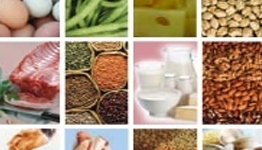
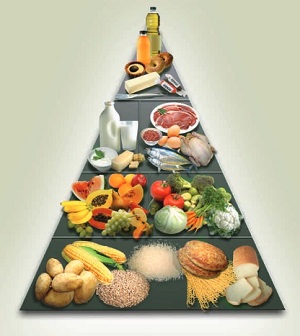
Dietary Guidelines for Routine Diet Plan
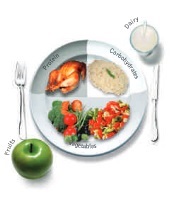
- Include more fresh fruits, high fiber foods in Iftar
- Have plenty of fluid (water) in between iftars and suhoor to avoid dehydration and constipation
- Minimise sweets intake
- Don’t take heavy meal especially in iftar
- Try to have meal in frequency to avoid over eating
- Start iftar with three pieces of dates to get ample amount of simple sugar
- Try to take more proteia and moderate carbo hydrates and less salt food in suhoor
- Prepare your meal with very less amount of fat and oil
- Make your iftar highly balanced with carbohydrates, protein, vegetables and fruits (include all food groups)
- Have freshly prepared food and use fresh ingredients as much as possible
The following nutrition guidelines will assist you in having a Healthy Ramadan, so you have more energy to focus on the spiritual aspects of this blessed month. The focus is on eating foods that will be filling energy and are digested more slowly to help you keep full and active from sunrise to sunset. They can also be used when opening your fast.
Protein Rich Foods
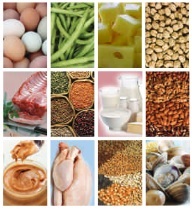
- Eggs
- Lean meat
- Poultry (chicken)
- Fish
- Shellfish
- Peanut or nut butter
- Beans
- Lentils
- Chick peas
- Nuts
- Seeds
- Soybeans
- Cheese
- Cottage cheese
- Milk / Yogurt
Choose Foods High In Fibre
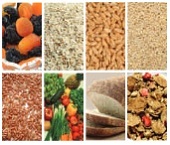
- Whole grain cereals
- Whole grain breads
- Brown rice
- Barley
- Oats
- Foods made with whole
- Beans
- Lentils
- Wheat flour or grains
- Chick peas
- Soy beans
- Nuts
- Seeds
- Dried Fruits
- Fruits and Vegetables
Eat small amounts of healthy fats and oils

- Nuts
- Seeds
- Avocado
- Vegetable oil
- Nut butters
Limit salt and foods high in sodium

- Salted crackers or nuts
- Processed meats
- Canned meat/fish
- Cheese
- Ready made pasteries
- Ketchup/chutney
- Instant Oatmeal
- Instant soups

Include foods from at least 3 food groups
- Grains and Starchy Foods
- Meat and Alternatives
- Milk and Milk Products
- Vegetables and Fruits

Limit caffeine
Restrict deep-fried foods; re-use oil only once
Try a meal replacement
Having A Healthy Ramadan – Diabetic Diet Plan
How to Fast Safely during Ramadan – Tips for Diabetic Patients
- Have a complete check up before deciding to fast during Ramadan
- Drink as much as water and sugar free drinks after iftar.
- Include slow energy release foods (low glycemic) index like barley , wheat, oats, millet, semolina, beans , lentils, whole meal flour, , basmati rice etc, in moderation and fiber rich foods like bran grains vegetables , fruits with skin, dry fruits especially figs, prunes, apricots etc.
- Limit or avoid sweet, fatty and fried foods at iftar.
- Check your blood glucose level very often. This is especially critical in people who require insulin.
- In general you will require less insulin before the start of the fast (Suhoor).
- Check your blood sugar regularly before suhoor each day. When blood sugar is between 80-130mg/dl (4.4-7.2 mmol/L), you can fast safely.
- Excessive physical activity may lead to higher risk of hypoglycaemia and therefore should be avoided but remember to continue your regular physical activities after breaking the fast.
Break the fast for the following reasons...
- If blood glucose levels drop dramatically to 70mg/dl (3.9 mmol/L) or lower.
- If blood glucose reaches 3.9 mmol/l (70 mg/dl) in the first few hours after the start of the fast, for patients on insulin, sulfonylureas like amaryl, Diamicron and novonorm.
- If blood glucose levels rise excessively 300 mg/dl(16.5 mmol/L) and above.



